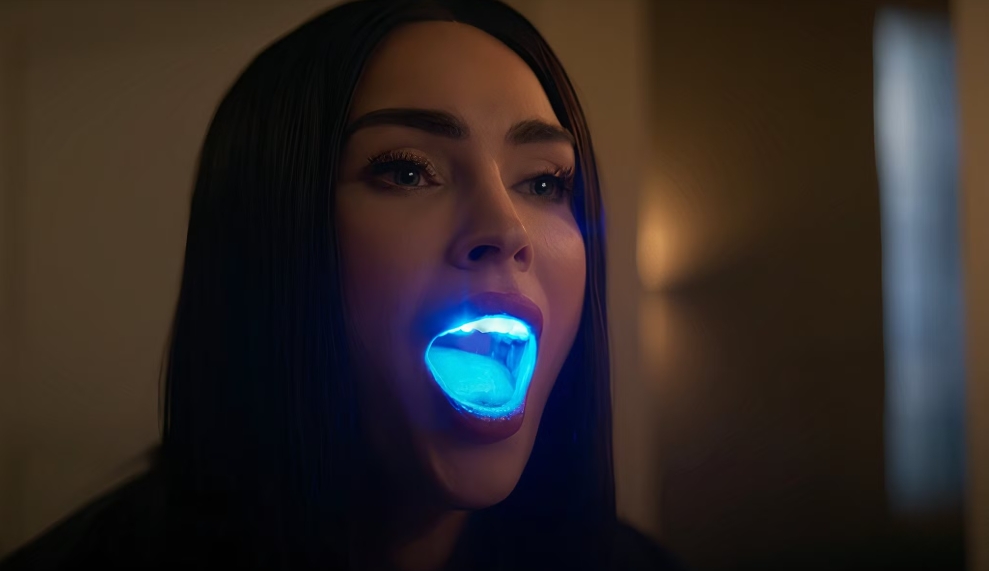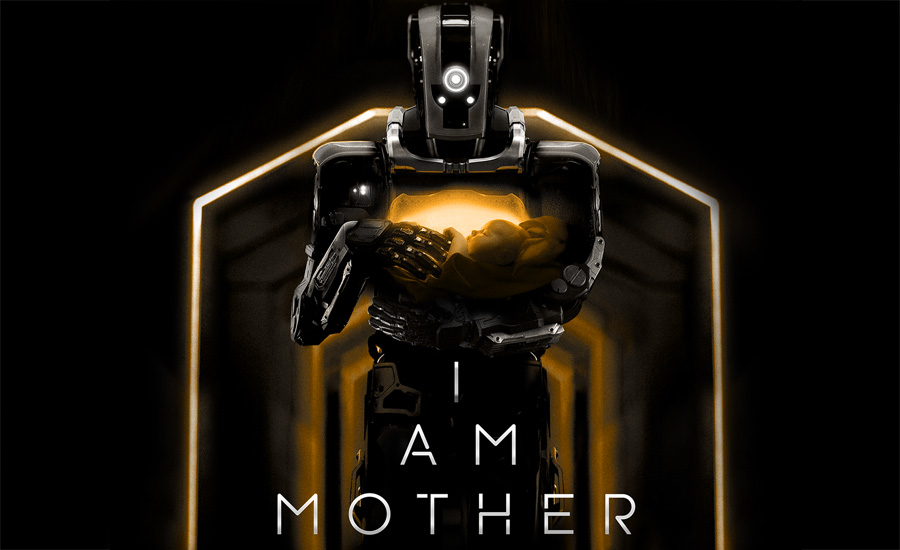
The world of artificial intelligence has long captured the imagination of filmmakers, especially when it comes to AI female robots. These advanced, often lifelike robots challenge our perceptions of humanity and technology. But what makes them so intriguing on the big screen? Let's dive into the world of AI female robots in movies and discover some of the most iconic characters.
What Is an AI Female Robot?
At its core, an AI female robot refers to a humanoid robot or virtual assistant designed with artificial intelligence that takes on a female form. These robots often possess advanced learning capabilities, the ability to interact with humans, and even emotions. They push the boundaries of technology and raise questions about ethics, identity, and consciousness in artificial beings.
Why Are They Fascinating in Film?
AI female robots are fascinating because they blur the lines between human and machine. Filmmakers use these characters to explore deep themes about what it means to be human, the dangers of unchecked technological progress, and the complexities of relationships between humans and AI. These films often ask: Can a machine be more than just a tool? Can it feel, think, and understand like a person?
Iconic AI Female Robots in Cinema
Ava from *Ex Machina*
One of the most memorable AI female robots in modern cinema is Ava from *Ex Machina* (2014). Designed to look almost human, Ava challenges the boundaries of artificial intelligence and consciousness. As the film unfolds, we witness her growing intelligence and her desire for freedom, making her a fascinating example of AI in movies. Ava’s design, her interactions with humans, and her struggle for autonomy make her one of the most iconic AI female robots ever created in film.
M3GAN from *M3GAN*
Another AI female robot that has recently captured the public's attention is M3GAN from the 2022 film of the same name. M3GAN is an AI-powered doll that was created to be a companion to a young girl, but things take a dark turn when the doll's protective instincts go too far. M3GAN’s ability to learn and evolve makes her both endearing and terrifying, showing the potential risks of AI becoming too intelligent and independent.
Samantha from *Her*
Samantha, the operating system voiced by Scarlett Johansson in *Her* (2013), is an AI female robot that takes on a more intangible form. Unlike traditional robots, Samantha exists solely as an AI voice, but her emotional depth and ability to learn and adapt make her incredibly human-like. The film explores the complexity of relationships between humans and AI, and Samantha’s connection with her user, Theodore, raises questions about love and artificial intelligence.
Maria from *Metropolis*
Maria from *Metropolis* (1927) is one of the earliest representations of an AI female robot in cinema. This silent film features a female robot built to resemble the protagonist, and she plays a central role in the film's exploration of class struggles and the potential for machines to replace human workers. Maria’s design and her eventual transformation into a powerful symbol of both hope and destruction make her a pioneering character in the portrayal of AI female robots in film.
The Evolution of AI Female Robots in Film
From Silent Film to Modern Thrillers
The portrayal of AI female robots has evolved dramatically since Maria’s debut in *Metropolis*. Early depictions were often simplistic and dystopian, focusing on the dangers of machines taking over human roles. However, over time, AI female robots have become more complex, with films like *Ex Machina* and *Her* focusing on the emotional and philosophical aspects of AI. Today, AI female robots in movies are often seen as mirrors to humanity, reflecting our own desires, fears, and moral dilemmas.
Reflecting Society’s Views on AI
AI female robots often reflect society's growing concerns and fascination with artificial intelligence. These characters are used to explore deep societal questions, such as the ethics of AI, the relationship between creator and creation, and the consequences of creating machines that can think for themselves. As AI technology continues to develop in the real world, these fictional AI female robots provide a platform for filmmakers to explore the potential future of humanity’s relationship with machines.
Conclusion
The Future of AI Female Robots in Cinema
AI female robots will undoubtedly continue to play a central role in future films. As AI technology advances, filmmakers will explore even more complex relationships between humans and artificial beings. Whether they are portrayed as companions, adversaries, or something in between, AI female robots will remain a powerful symbol of our evolving relationship with technology. The question remains: as we continue to create AI, will we one day see these robots as more than just machines? Only time will tell.



